More Economic Downturn: 5 Warning Signs of Economic Recession
Economic recession is an inevitable phase of our economy. Throughout history, the economy has been a wave pattern with ups and downs.
These are the 5 ways to identify recession. They are symptoms of a failing economy.
The way to survive in an economic recession is different from an economic boom. That is why we must learn to identify recession.
Keywords is a series to share words, terminologies, phrases, special people and events. Today we bring you 5 signs of an economic recession.
What is economic recession?
Economic recession means a decline or contraction in the overall performance of an economy.
The specific signs can vary depending on the circumstances, but it is typically characterized by a contraction in gross domestic product (GDP), a decrease in employment rates, and a decline in overall business activity.
During a recession, there is a general slowdown in economic growth, leading to reduced consumer spending, lower production levels, and increased unemployment.
Recessions can have far-reaching effects on various sectors of the economy and can last for a significant period of time, impacting individuals, businesses, and governments.

When will economic recession happen?
Economic recession can happen with a few factors. Political or geopolitical issues can lead to recession, the burst of a bubble economy can lead to recession, and the structural change of the economy can also lead to recession.
Naturally, our economy is a wave, when an economic boom ends, a recession begins, and when a recession ends, a progression begins.
Can we see what time will an economic recession start?
It is possible to predict economic recession with Kondratiev wave.

Soviet economist Nikolai Kondratiev discovered that for every 40 to 60 years, we will have a cycle of prosperity and recession. From the time this pattern was discovered, so far it matches the global economic history.
You can search "Kondratiev wave" or "K-wave" and see in which period the graph goes down.
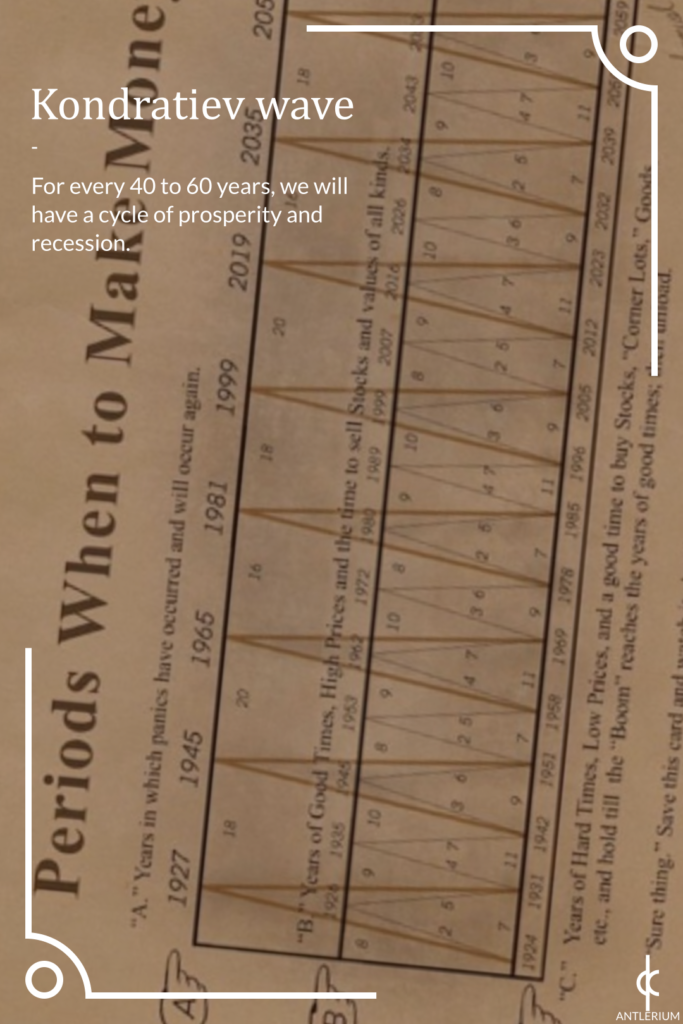
Can we trust K-wave?
Kondratiev wave is an unprovable phenomenon, even if we discover that it matches the global economic history, we simply just put the year back to the K-wave, not using the wave to predict an exact year for certain economic trends.
According to an article from CMT Association, long-wave theory like K-wave is not accepted by most academic economists, even the economists who accept it cannot tell the exact time of particular waves.
Notice that I use the word "possible", not "feasible".
Therefore, instead of relying upon something like the Kondratiev wave, please try to use these 5 signals below.
1. Decreasing GDP per capita
Usually, we cannot use the gross domestic product (GDP) value to indicate the health of a certain economy, but when GDP per capita is falling, certainly something is wrong with the economy.
What I mean about GDP not indicating the economic status is that the increasing GDP cannot prove the economy is good.
A few years ago, I was astonished to learn that Macau's GDP per capita had surpassed that of Hong Kong. It took me by surprise. I observed that the gambling and tourist industries played a significant role in Macau's achievement, but it seemed that the GDP value heavily relied on these two sectors. As a result, the general public only reaped limited benefits.
And when the coronavirus pandemic hit in 2020, I witnessed the value "returning to normal." Now you can search the list of regions by GDP per capita and see Macau once again fall behind Hong Kong.
But truth be told, even if increasing GDP per capita does not equal a healthy economy, it still means your economy looks fine. If GDP per capita is decreasing in the long run, by 100% there is a recession.
When GDP per capita decreases, it is a clear indication that people, on average, are engaging in fewer economic activities. As a result, businesses experience reduced earnings or even face closure, leading to unemployment and salary cuts for individuals. Consequently, living standards deteriorate. This is a vicious cycle contributing to economic recession.
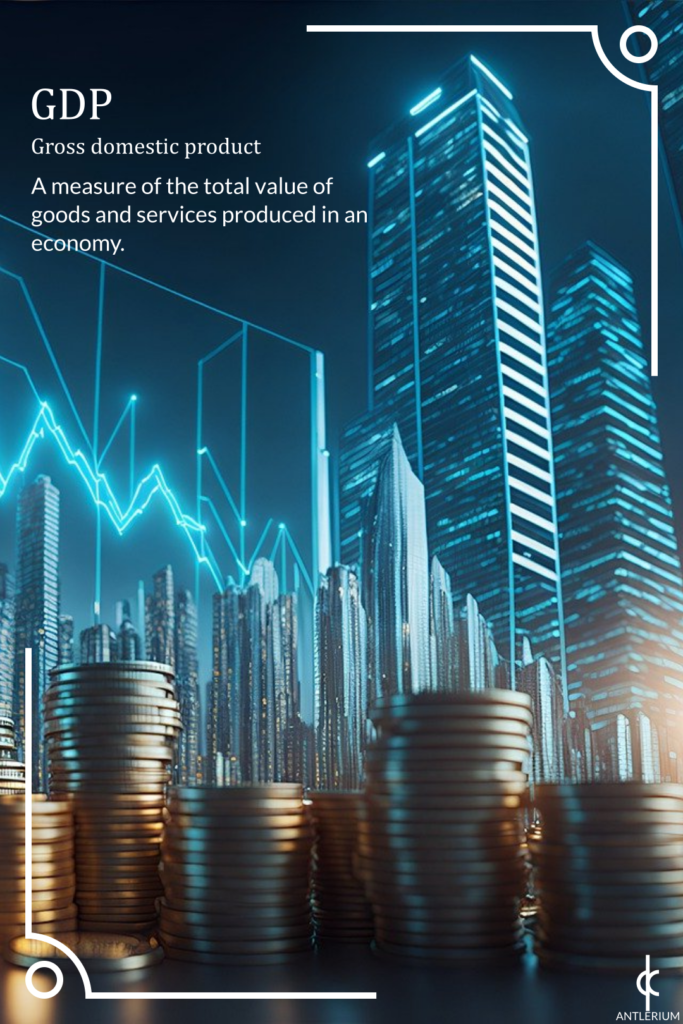
Example of GDP decrease in economic recession
During the coronavirus pandemic, a lot of countries recorded a decrease in GDP per capita. Hong Kong alone had a GDP decrease of 6.1% in 2020, while Japan's GDP decreased by 4.5%, the US decreased by 3.5%, and the EU decreased by 6.1%.
2. Sharp increase in the unemployment rate
If a sector of an economy faces trouble, companies will shut down or cut off some labourers. This can lead to massive unemployment. So, another value to identify economic recession is the unemployment rate.
In an economic recession, the unemployment rate increases in a dangerously sharp manner. Either it is a collapse of certain industries, or it is a general economic downturn.
The latter is a big one, and we have witnessed it during the coronavirus pandemic.
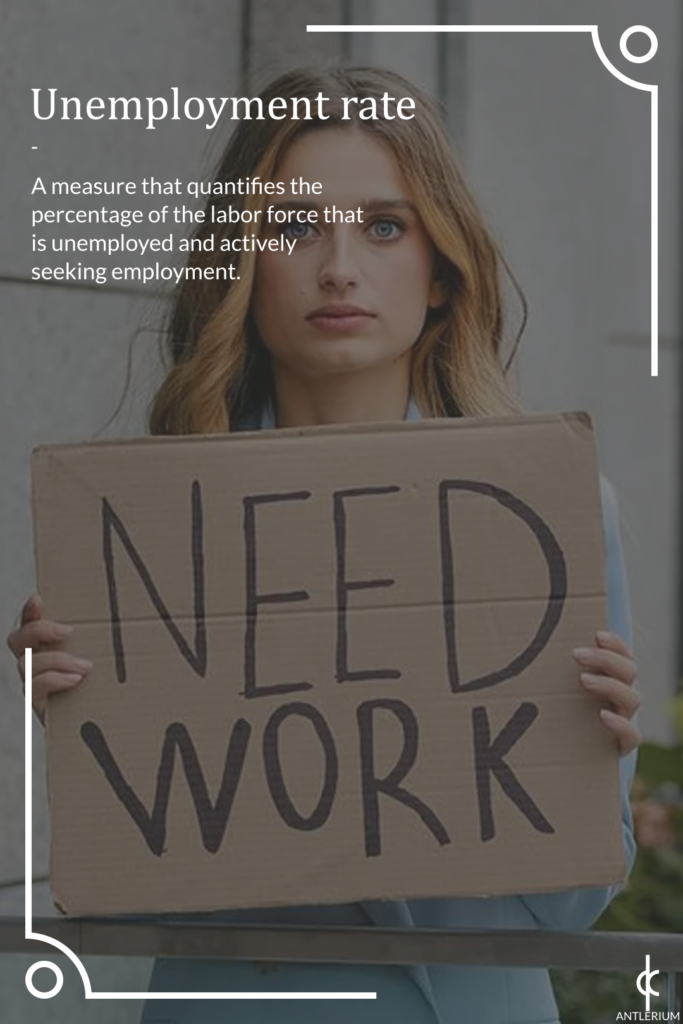
Example of unemployment rate increase in economic recession
When economy experts hear that China has a youth unemployment rate of 21.3%, they all state that the state of China is catastrophic, considering that China has already trimmed the fulfilment criteria of unemployment to understate the value.

3. Sharp increase in crime rate
In an economic recession, the living standard of people deteriorates, especially at the grassroots. They either start to break the law or join the ranks of bankruptcy.
Note that not all individuals or communities experiencing an economic downturn will resort to criminal behaviour.
It's important to note that crime rates can be influenced by various factors, including socioeconomic conditions, demographic composition, law enforcement practices, and reporting and recording methods.
Unless the law and order messes up like in California, a sharp increase in crime rate usually means the people are getting too poor, too desperate and getting antisocial.
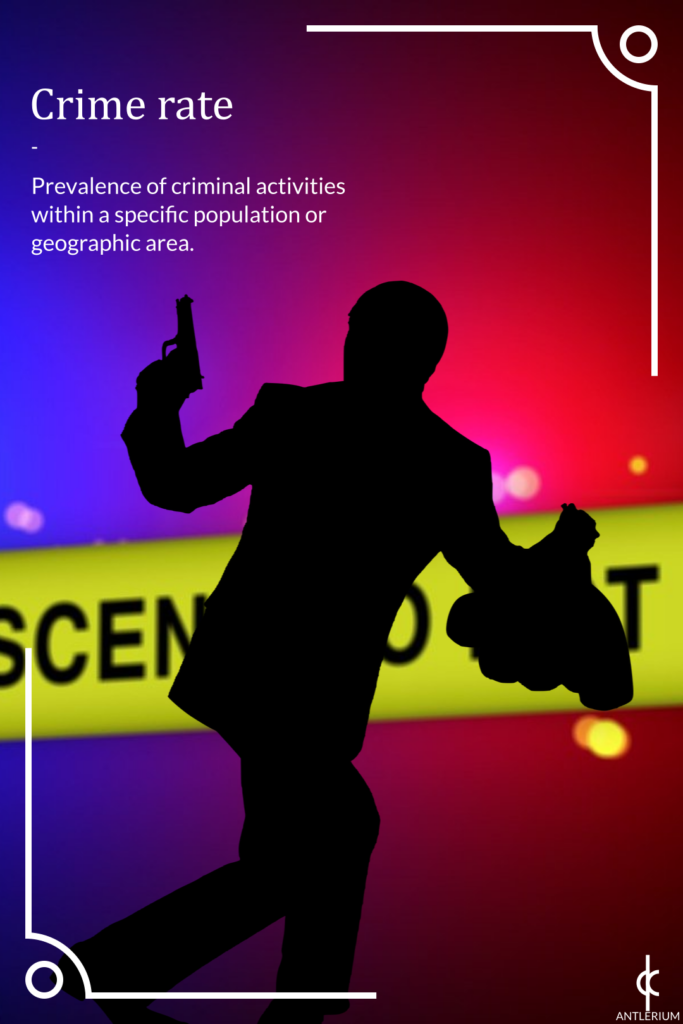
4. Deflation or hyperinflation
Deflation or hyperinflation can lead to economic recession. During deflation, the value of currency increases, and people tend to keep their money and spend less, leading to fewer economic activities, and thus recession.
During hyperinflation, the value of the currency rapidly declines, and prices skyrocket. The currency itself loses purchasing power, leading to fewer economic activities, and also recession.
History suggests that the best option for a healthy economy is to maintain a low and stable level of inflation. So typically central banks keep the inflation rate around 2%.
Examples of deflation and hyperinflation in economic recession
One famous example of deflation is the "lost decades" of Japan. Because of the crash of housing and stock bubbles in 1990, the whole economy lost its momentum, and the side product is the deflation that economist Richard Koo named "balance sheet recession".
Historically, some well-known examples of hyperinflation include the German hyperinflation of the 1920s, where prices doubled every few days, and the more recent cases in Zimbabwe and Venezuela in the 2010s.
5. Market crash
Market crash refer to a sudden and severe decline in the value of financial markets. Market crashes are often associated with economic recessions or financial crises, although they can also occur independently.
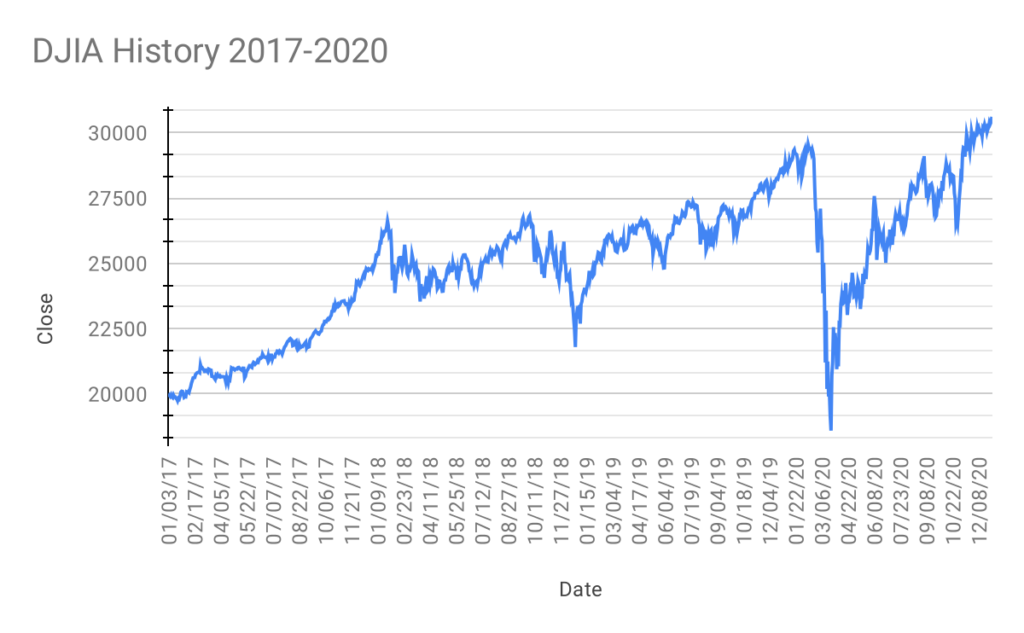
Ever since the stock market appeared, all economic recessions have seen it crash.
However, market crashes are a natural part of market cycles, you have to think wisely. Not all market crashes are started with economic recessions, but a full-scale market crash certainly contributes to an economic recession.
Since it is too common to indicate recession with a market crash, everyone knows the link between the two, so I put it at last.
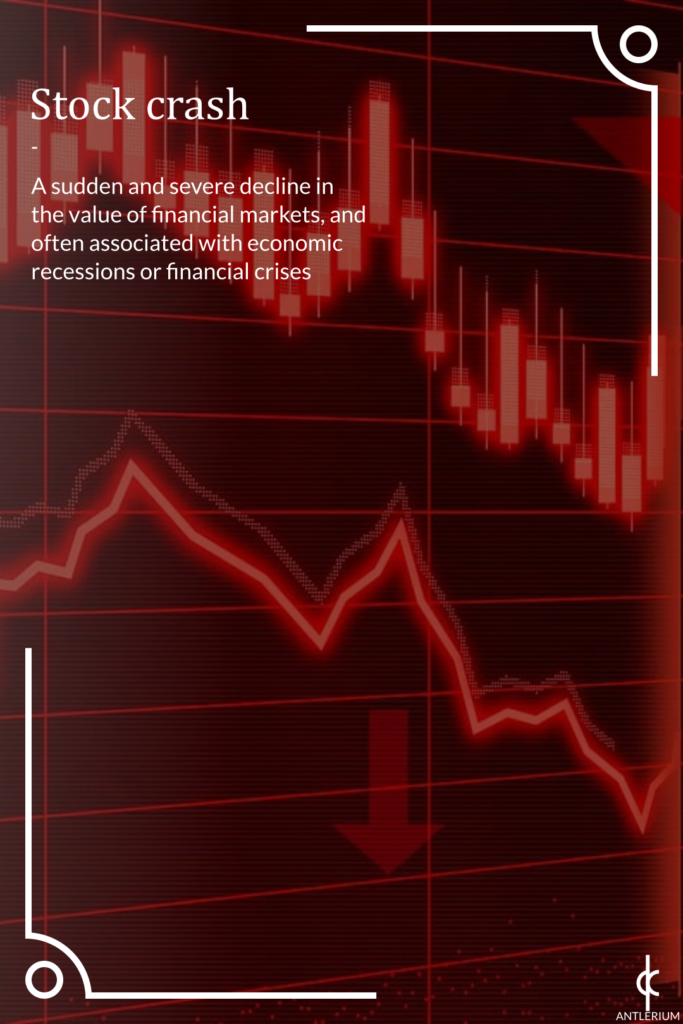
There are more ways to spot the economic recession
Surely there are more ways to identify a recession in action. From salary change to currency value. I don't want the article to be too technical, so I skip them all.
We live in an era when data are easy to access but we sometimes simply lack the knowledge to digest them, rendering them useless.
To find out whether a country is facing a recession can be as simple as looking into economists' opinions. But if we abandon basic knowledge and critical thinking, we can be misguided.
We still need to learn the basics and get enough knowledge background to judge issues on our own.
That is why I decided to learn the signs of economic recession. I don't want to believe in something just because someone said so.
Certainly, it is essential that we acquire the skill of managing our finances. If you lack knowledge in this area, you must learn it as soon as possible. Otherwise, the next victim of an economic recession can be you.
We have more terminologies and content to share, so please follow our social to keep track of our latest instalment.